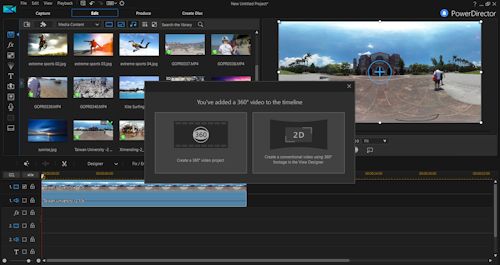I'm a big believer in preventive maintenance for PCs. Windows systems just accumulate cruft over time, as the disk fills up with junk files, disk access slows down with files broken into multiple fragments, and more and more applications want to be part of the start-up process to run background tasks. And even when you try to be good and uninstall old applications, they still leave remnants of orphaned files, broken shortcuts, and unneeded entries in the Windows Registry file.
And that's when things are going good ... Crashes and bugs can cause corrupted files, and malicious attackers can do even more damage. Since I don't want to wipe my disks and reinstall Windows every year or so, I run variety of tools like Symantec / Norton WinDoctor and CCleaner (freeware) to try to keep the mess to a minimum.
 Recently, I've been trying out iolo technologies System Mechanic as a all-in-one approach to keep my systems under control, with PC system and security analysis, optimization, and repair.
Recently, I've been trying out iolo technologies System Mechanic as a all-in-one approach to keep my systems under control, with PC system and security analysis, optimization, and repair.
System Mechanic has been developed for 10 years and through eight major versions; iolo reports that it is the the #1 best selling PC tune-up product according to NPD Reports.
System Mechanic has some 40 tools to fix, speed-up, and maintain PCs. But it organizes these in an integrated console, so you can just run them all automatically to fix problems, or drill down to individual tools to examine problems and customize the repairs.
And System Mechanic features ActiveCare technology to run in the background to monitor your system status and optionally fix problems. System Mechanic 8.5, released in December, has improved ActiveCare options to stay out of your way when you are working, so it only runs when the system is idle. I have it set to only collect status, which it insists on doing at least once a day.
Version 8.5 also adds a Defragment and Compact Registry tool to clean out bloat, a new DriveSense tool that provides real–time data about the status of hard drives (requires internal SMART drives), and tools to find unnecessarily startup programs and to detect potentially dangerous software.
The System Mechanic interface is a bit confusing in its desire to serve all types of users -- novice, intermediary, and more advanced. The main Dashboard provides one-click display and repair of problems. The ActiveCare tab shows options for automatic fix-up in the background. Then the Power Tools tab offers one-click PC Total Care to run all the tools, or four wizards to run collections of tools: Accelerator, Repair, Cleanup, and Security.
Finally, the Individual Tools tab then reveals all the 40-some tools, but organized slightly differently into seven categories. Plus, there's a Reports tab for IntellStatus information on system resources, and the History of recent changes, including the SafetyNet option to undo changes.
Some of the more interesting tools are Optimize Startup, to suggest removing unnecessary startup programs; and Fix Security Vulnerabilities, including Widows services, network settings, and exploitable file type associations.
Most tests provide options to run quick or complete automatic test and repair, or customize the process by generating a report and then manually choosing items to repair. System Mechanic also provides nice visual status reports on system usage and performance, and clean listings of system elements such as startup programs.
iolo is currently running deals on its website: System Mechanic 8 is $49.95 list, $34.97 on the website, with annual renewals for $29.95, or $14.95 for a limited time. You don't need multiple copies: one license can be installed on up to three machines. And iolo provides free, unlimited technical support and customer service.
There's also a System Mechanic Professional bundle for $69.95 list, $48.97 on the website, with $39.95 annual renewal. It includes other iolo tools: iolo AntiVirus, iolo Personal Firewall, DriveScrubber to securely erase data, and Search and Recover to rescue deleted files from hard drives, CD/DVDs, portable devices, and memory cards.
You can download a trial version to check it out.
 Find iolo System Mechanic and
Find iolo System Mechanic and
iolo System Mechanic Professional on Amazon.com
More on the System Mechanic tests:




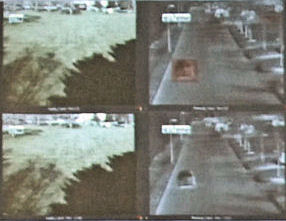 A Princeton-based company,
A Princeton-based company, 
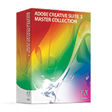 This is a huge upgrade of the Adobe Creative product line, with design and development tools spanning the creative workflow -- to create, deliver, and play back -- across print, web, video, interactive and mobile.
This is a huge upgrade of the Adobe Creative product line, with design and development tools spanning the creative workflow -- to create, deliver, and play back -- across print, web, video, interactive and mobile. 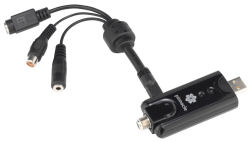 This is not a PCI board or a big external device, it's just a small stick (around 1 1/4 x 2 3/4 inches), with a USB connector at one end and a TV antenna input (F-connector) at the other.
This is not a PCI board or a big external device, it's just a small stick (around 1 1/4 x 2 3/4 inches), with a USB connector at one end and a TV antenna input (F-connector) at the other.  The Pinnacle Studio software is available stand-alone, or bundled with video capture hardware -- both PCI boards and external USB break-out boxes. The Studio MovieBox is the USB version -- a palm-sized external device with analog and digital connectors, easy to connect to a desktop or laptop PC, especially for analog capture.
The Pinnacle Studio software is available stand-alone, or bundled with video capture hardware -- both PCI boards and external USB break-out boxes. The Studio MovieBox is the USB version -- a palm-sized external device with analog and digital connectors, easy to connect to a desktop or laptop PC, especially for analog capture.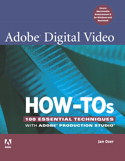
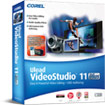
 I'm a long-time user of the
I'm a long-time user of the  Even on the new multi-core Dell Precision 490, I see a 20 second delay at the Welcome screen.
Even on the new multi-core Dell Precision 490, I see a 20 second delay at the Welcome screen.  Key themes in the announcement were personalization through color -- Dell notebooks now come in pink! -- and additional emphasis on addressing its customer support issues.
Key themes in the announcement were personalization through color -- Dell notebooks now come in pink! -- and additional emphasis on addressing its customer support issues.  Rich DeMuro of
Rich DeMuro of 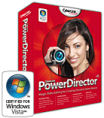 CyberLink PowerDirector 6 is designed to make video editing straightforward and simple, especially for home users who want good results quickly and with a minimum of fuss.
CyberLink PowerDirector 6 is designed to make video editing straightforward and simple, especially for home users who want good results quickly and with a minimum of fuss.
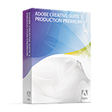 Adobe has shipped the last part of its
Adobe has shipped the last part of its 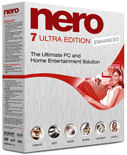 Nero has continued to upgrade and expand its Nero 7 suite of tools for working with CD/DVD discs and digital media files. However, it's sometimes hard to keep track of what's going on with the product, since Nero confusingly does not use version numbers to identify its releases. By now, the current product release is identified by appending several superlatives to become
Nero has continued to upgrade and expand its Nero 7 suite of tools for working with CD/DVD discs and digital media files. However, it's sometimes hard to keep track of what's going on with the product, since Nero confusingly does not use version numbers to identify its releases. By now, the current product release is identified by appending several superlatives to become 


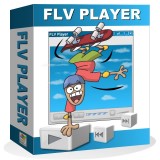 Once you've captured the Flash video files, you can view them with the
Once you've captured the Flash video files, you can view them with the  Once you have a Flash file on your desktop, you can use
Once you have a Flash file on your desktop, you can use 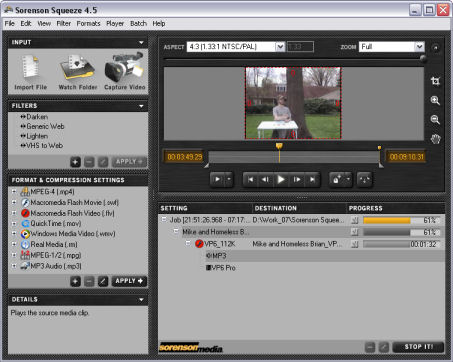

 While video editing tools like
While video editing tools like 
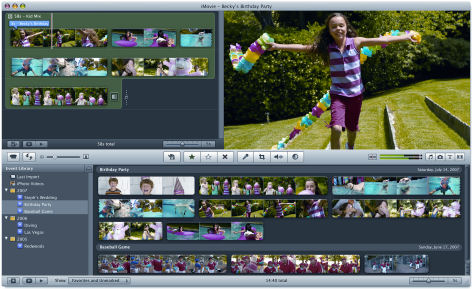

 Meanwhile,
Meanwhile, 



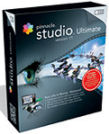
 But if you mess with DVDs a lot, or want more precise control over the exact segments that you extract, or need to extract to specific formats in the full original quality, then check out
But if you mess with DVDs a lot, or want more precise control over the exact segments that you extract, or need to extract to specific formats in the full original quality, then check out 
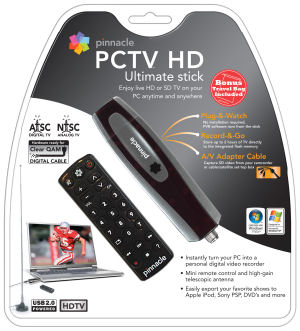 And Pinnacle has just augmented its PCTV line of USB HD tuners with an interesting new feature: the
And Pinnacle has just augmented its PCTV line of USB HD tuners with an interesting new feature: the 
 The MX Air Mouse is a single device that fits both usage models: desktop and remote control.
The MX Air Mouse is a single device that fits both usage models: desktop and remote control. Adobe has released the new version of
Adobe has released the new version of 



 High-definition video has arrived -- in under-$1000 consumer camcorders, and supported by sub-$100 consumer video software that can run on your desktop.
High-definition video has arrived -- in under-$1000 consumer camcorders, and supported by sub-$100 consumer video software that can run on your desktop.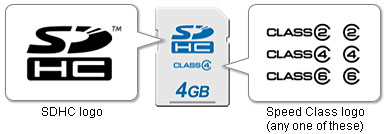
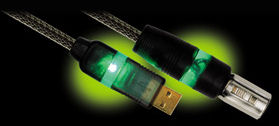 The
The  So welcome the
So welcome the  Both feature 16:9 widescreen displays, with the option of Full HD 1920x1080 resolution.
Both feature 16:9 widescreen displays, with the option of Full HD 1920x1080 resolution.
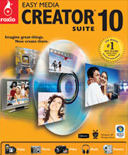
 And Nero has reworked the interface for consumer ease of use, and focused on "extending content beyond the PC" with "easy-to-use features for the creation, management, and protection of multimedia projects" -- To create and edit, convert and share, rip and burn, and backup and protect digital media.
And Nero has reworked the interface for consumer ease of use, and focused on "extending content beyond the PC" with "easy-to-use features for the creation, management, and protection of multimedia projects" -- To create and edit, convert and share, rip and burn, and backup and protect digital media.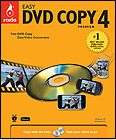


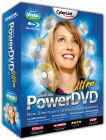 CyberLink has released the latest version of its well-known DVD player software,
CyberLink has released the latest version of its well-known DVD player software, 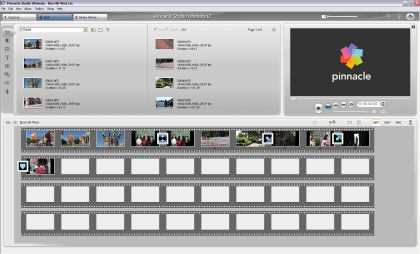

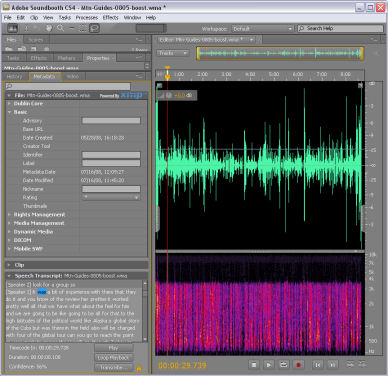
 And now Sony has given its view of the right trade-offs for a small notebook with the introduction of its latest generation of
And now Sony has given its view of the right trade-offs for a small notebook with the introduction of its latest generation of 
 But if you're finding yourself repeatedly exporting videos using a variety of formats, and need a more efficient way to package up compression options and then apply them as a batch to a group of files, then check out
But if you're finding yourself repeatedly exporting videos using a variety of formats, and need a more efficient way to package up compression options and then apply them as a batch to a group of files, then check out  The latest update to the Studio line is
The latest update to the Studio line is 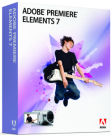

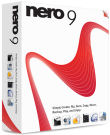
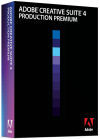
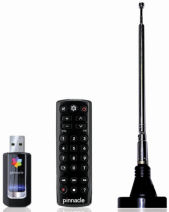 So hook up an antenna to your computer, and start watching. OK, you'll also need some TV tuning hardware, which can't get much smaller then the new
So hook up an antenna to your computer, and start watching. OK, you'll also need some TV tuning hardware, which can't get much smaller then the new  This month marks the 20th anniversary of the Intel's acquisition of our
This month marks the 20th anniversary of the Intel's acquisition of our  The environment at Sarnoff in the early 80's combined deep expertise in analog television, image processing, and the new wave of digital signal processing. But still imagine the hubris of our research group in 1982, suggesting that you could compress video down to the 150 KBps
The environment at Sarnoff in the early 80's combined deep expertise in analog television, image processing, and the new wave of digital signal processing. But still imagine the hubris of our research group in 1982, suggesting that you could compress video down to the 150 KBps  Then, even with the churn of the
Then, even with the churn of the  This was a great team working together to do things that were thought impossible -- Digital video at audio data rates?! Real-time video on a PC?!
This was a great team working together to do things that were thought impossible -- Digital video at audio data rates?! Real-time video on a PC?!  Recently, I've been trying out
Recently, I've been trying out  But if you are interested in creating your own videos, then Michael Rubin's
But if you are interested in creating your own videos, then Michael Rubin's  Netbooks are intended to be easy to carry almost anywhere, and therefore are reduced in size to around 2 to 3 pounds, with 7 to 10 inch displays and scrunched keyboards.
Netbooks are intended to be easy to carry almost anywhere, and therefore are reduced in size to around 2 to 3 pounds, with 7 to 10 inch displays and scrunched keyboards.  Then last month at CES came the introduction of the
Then last month at CES came the introduction of the  If you're into the whole digital media thing, then get to
If you're into the whole digital media thing, then get to 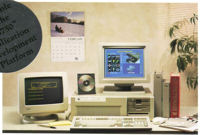 This was real video on a PC -- real-time, interactive, full-screen, 30 fps motion video playback with stereo audio -- and streaming from a CD-ROM. And it ran on the 386-based PC/AT platform, under DOS, almost a decade before the introduction of DVD (around 1996 / 1997).
This was real video on a PC -- real-time, interactive, full-screen, 30 fps motion video playback with stereo audio -- and streaming from a CD-ROM. And it ran on the 386-based PC/AT platform, under DOS, almost a decade before the introduction of DVD (around 1996 / 1997).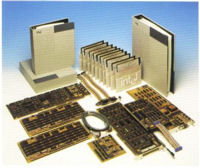 This was a non-trivial task. Getting real-time CD-ROM streaming and video and audio decompression running on the PC platform of the time required serious custom hardware -- two DVI Video Display Processor chips (microcode pixel processor and display), and three DVI boards (Video, Audio, Utility / CD-ROM), plus piggyback boards for video memory and video and audio capture.
This was a non-trivial task. Getting real-time CD-ROM streaming and video and audio decompression running on the PC platform of the time required serious custom hardware -- two DVI Video Display Processor chips (microcode pixel processor and display), and three DVI boards (Video, Audio, Utility / CD-ROM), plus piggyback boards for video memory and video and audio capture.  Apple has announced and released an updated version of
Apple has announced and released an updated version of 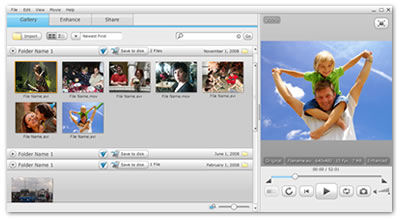

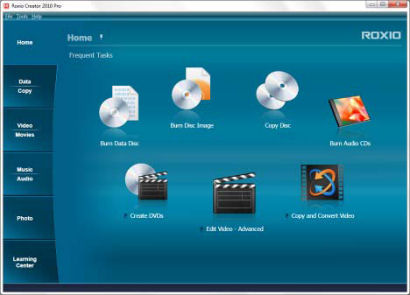
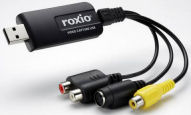
 Enter the new
Enter the new  Adobe has announced its annual update to its
Adobe has announced its annual update to its 
 Sorenson Squeeze version 6 was released in November, and expands Squeeze into a "total workflow solution for video professionals" -- to not only encode and publish video files on the Internet, but now with email and text notifications of job completion and an integrated review and approval process.
Sorenson Squeeze version 6 was released in November, and expands Squeeze into a "total workflow solution for video professionals" -- to not only encode and publish video files on the Internet, but now with email and text notifications of job completion and an integrated review and approval process. 
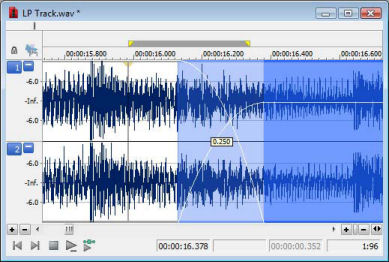
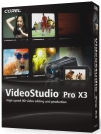

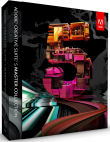 Adobe has just announced
Adobe has just announced 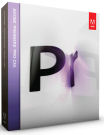 With new releases of video tools like Corel VideoStudio Pro X3 and Adobe Encore CS5, you now can choose from several varieties of HD disc designs, from authoring basic Blu-ray discs with DVD-like menu screens, to Blu-ray pop-up menus overlaid on video, and even burning in widescreen AVCHD format to standard DVDs.
With new releases of video tools like Corel VideoStudio Pro X3 and Adobe Encore CS5, you now can choose from several varieties of HD disc designs, from authoring basic Blu-ray discs with DVD-like menu screens, to Blu-ray pop-up menus overlaid on video, and even burning in widescreen AVCHD format to standard DVDs.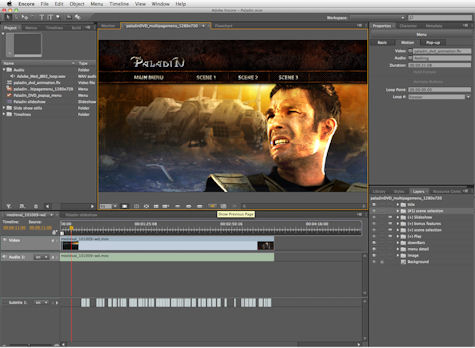
 But you still need a quality mic, and preferably a flexible mic that can be used in a variety of situations. This is the idea behind the
But you still need a quality mic, and preferably a flexible mic that can be used in a variety of situations. This is the idea behind the 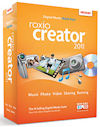
 And this is not a partial implementation -- Creator has tools for importing, editing, exporting, and displaying 3D, for video and photos, in a variety of formats.
And this is not a partial implementation -- Creator has tools for importing, editing, exporting, and displaying 3D, for video and photos, in a variety of formats. 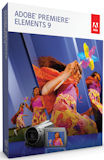 Adobe has released version 9 of its top-selling consumer applications,
Adobe has released version 9 of its top-selling consumer applications, 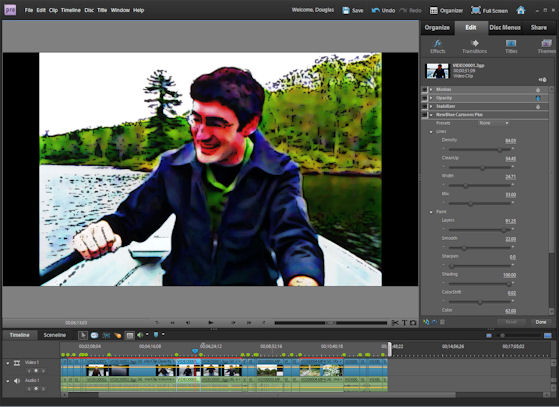
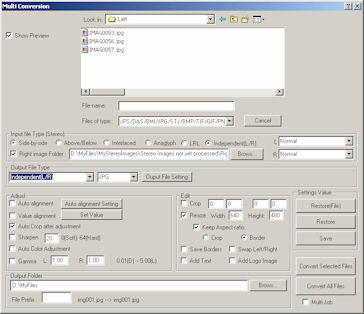 Even better, these extensive processing options also are available in batch mode to process, auto align, auto correct, and convert entire folders of files. (Show here is the the Multi Conversion dialog with extensive batch processing options.)
Even better, these extensive processing options also are available in batch mode to process, auto align, auto correct, and convert entire folders of files. (Show here is the the Multi Conversion dialog with extensive batch processing options.) Luckily, I had along another piece of equipment to demo -- the
Luckily, I had along another piece of equipment to demo -- the  And now Avid has brought Pro Tools to first-time Pro Tools users and music creators interested in musical composition, editing and production. These three
And now Avid has brought Pro Tools to first-time Pro Tools users and music creators interested in musical composition, editing and production. These three 

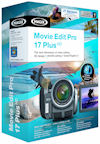 MAGIX offers a broad range of multimedia software (photo, graphics, video, and music), especially by pouring impressive technology inexpensive consumer tools.
MAGIX offers a broad range of multimedia software (photo, graphics, video, and music), especially by pouring impressive technology inexpensive consumer tools. 


 If you're making video and sharing it online or on iPhones / iPads / iPods then you need Jan Ozer's new book,
If you're making video and sharing it online or on iPhones / iPads / iPods then you need Jan Ozer's new book,  Apple has released its new
Apple has released its new 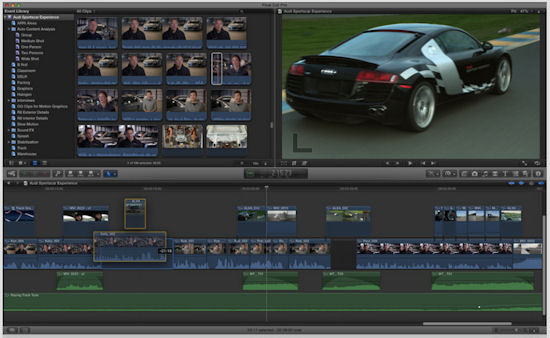
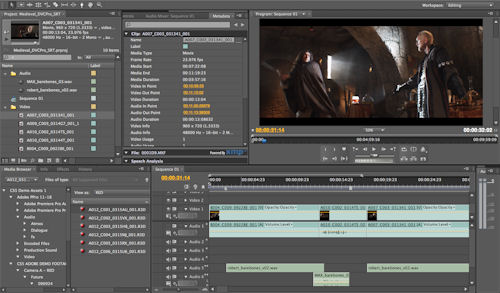
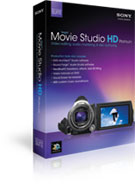 Sony Creative Software continues to enhance its collection of consumer media editing tools with
Sony Creative Software continues to enhance its collection of consumer media editing tools with 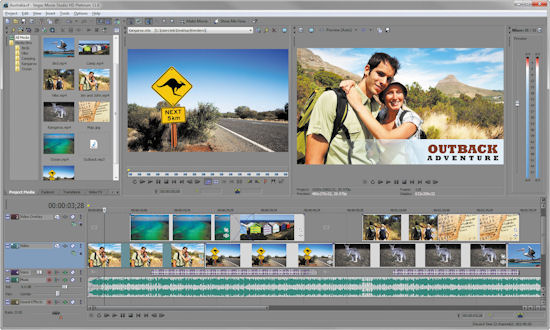

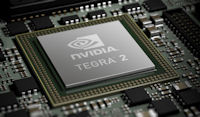 Meanwhile, the CPU-sucking needs of the gaming market has lead to the development of sophisticated GPU (Graphics Processing Unit) chips to off-load drawing in the frame buffer, including shapes, textures, and blending. Working together, multi-core CPUs plus parallel GPUs can allow PCs to challenge the performance of dedicated gaming systems.
Meanwhile, the CPU-sucking needs of the gaming market has lead to the development of sophisticated GPU (Graphics Processing Unit) chips to off-load drawing in the frame buffer, including shapes, textures, and blending. Working together, multi-core CPUs plus parallel GPUs can allow PCs to challenge the performance of dedicated gaming systems.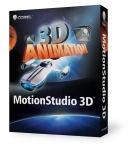
 The tenth edition of Adobe's best-selling consumer video and photo editing products,
The tenth edition of Adobe's best-selling consumer video and photo editing products, 
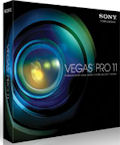 Now
Now 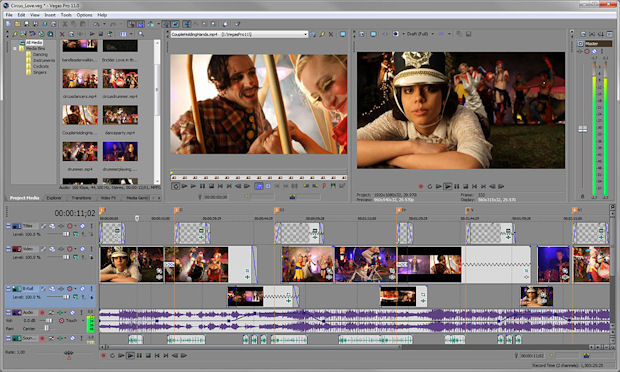

 Pivothead actually has several lines of stylish sunglasses, some with interchangeable lenses (gray, yellow, clear; polarized and not), or you can order prescription versions.
Pivothead actually has several lines of stylish sunglasses, some with interchangeable lenses (gray, yellow, clear; polarized and not), or you can order prescription versions.
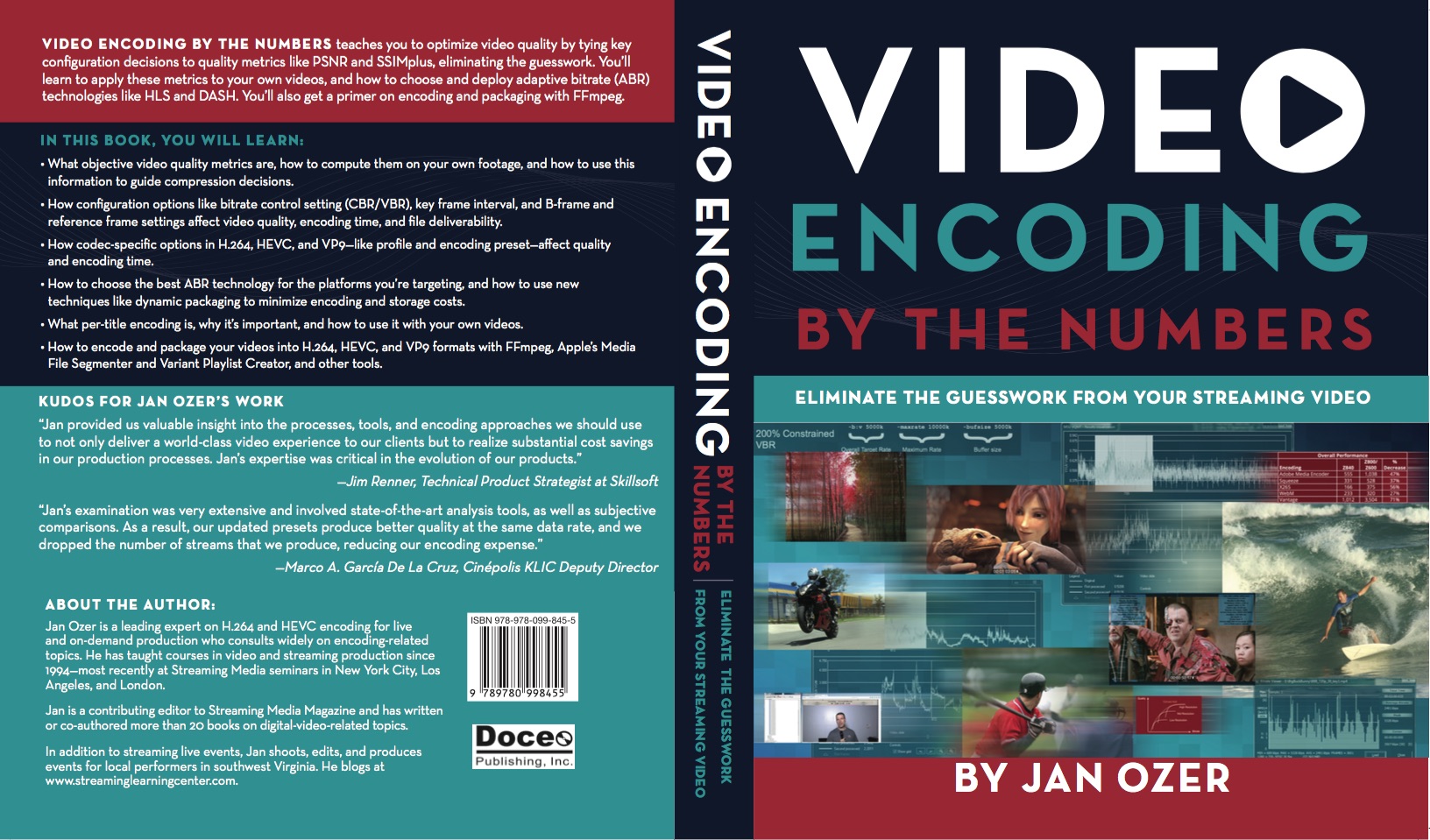
 Corel has shipped
Corel has shipped 
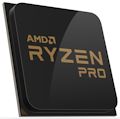 At a New York event this week, AMD introduced an extension of if its impressive new
At a New York event this week, AMD introduced an extension of if its impressive new 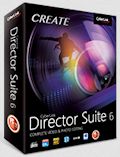 360-degree video is looking more and more interesting. You can shoot an event with just one camera, and capture the full spherical environment -- for example, a party from the center of the table, or an event from in front of the stage.
360-degree video is looking more and more interesting. You can shoot an event with just one camera, and capture the full spherical environment -- for example, a party from the center of the table, or an event from in front of the stage. 